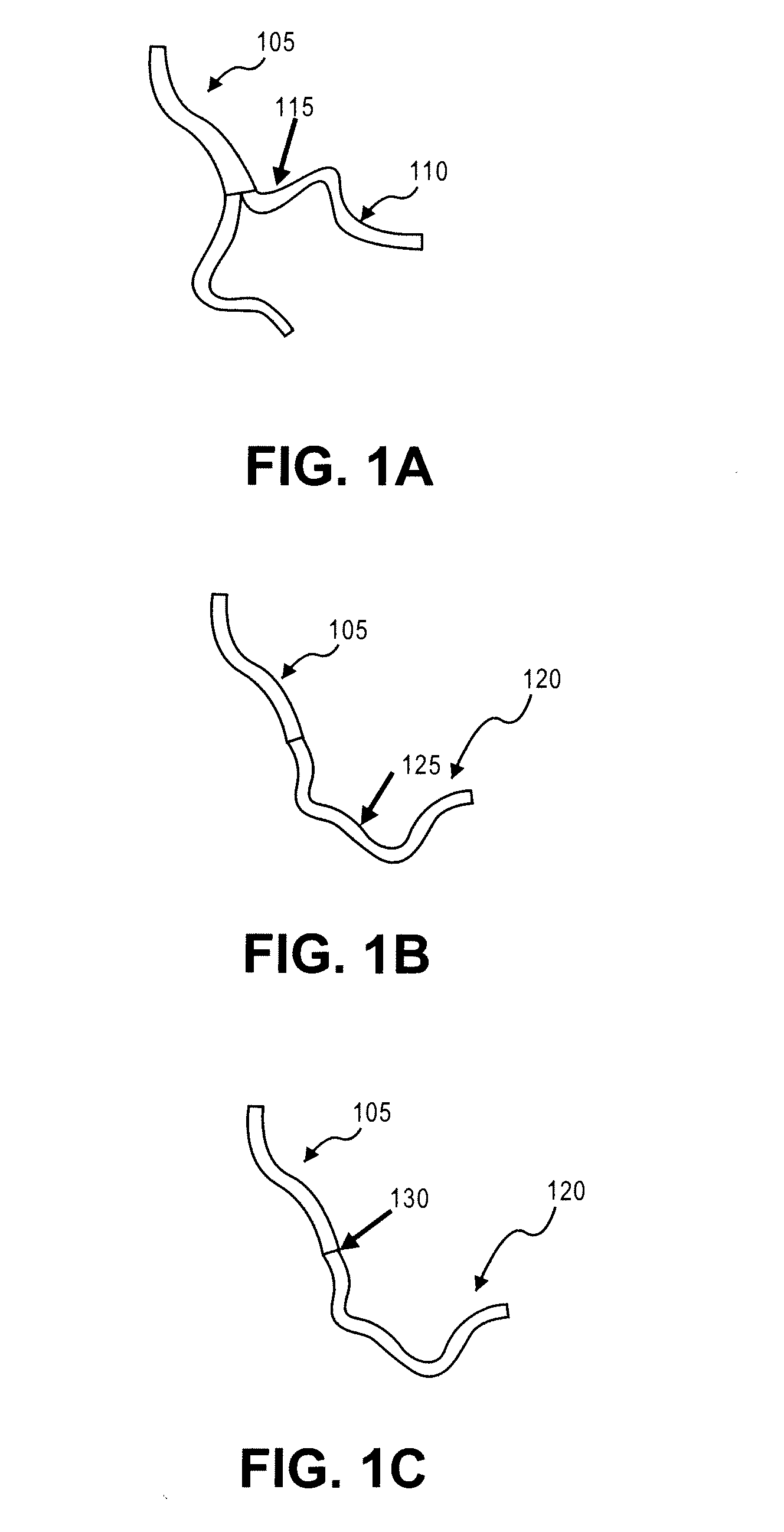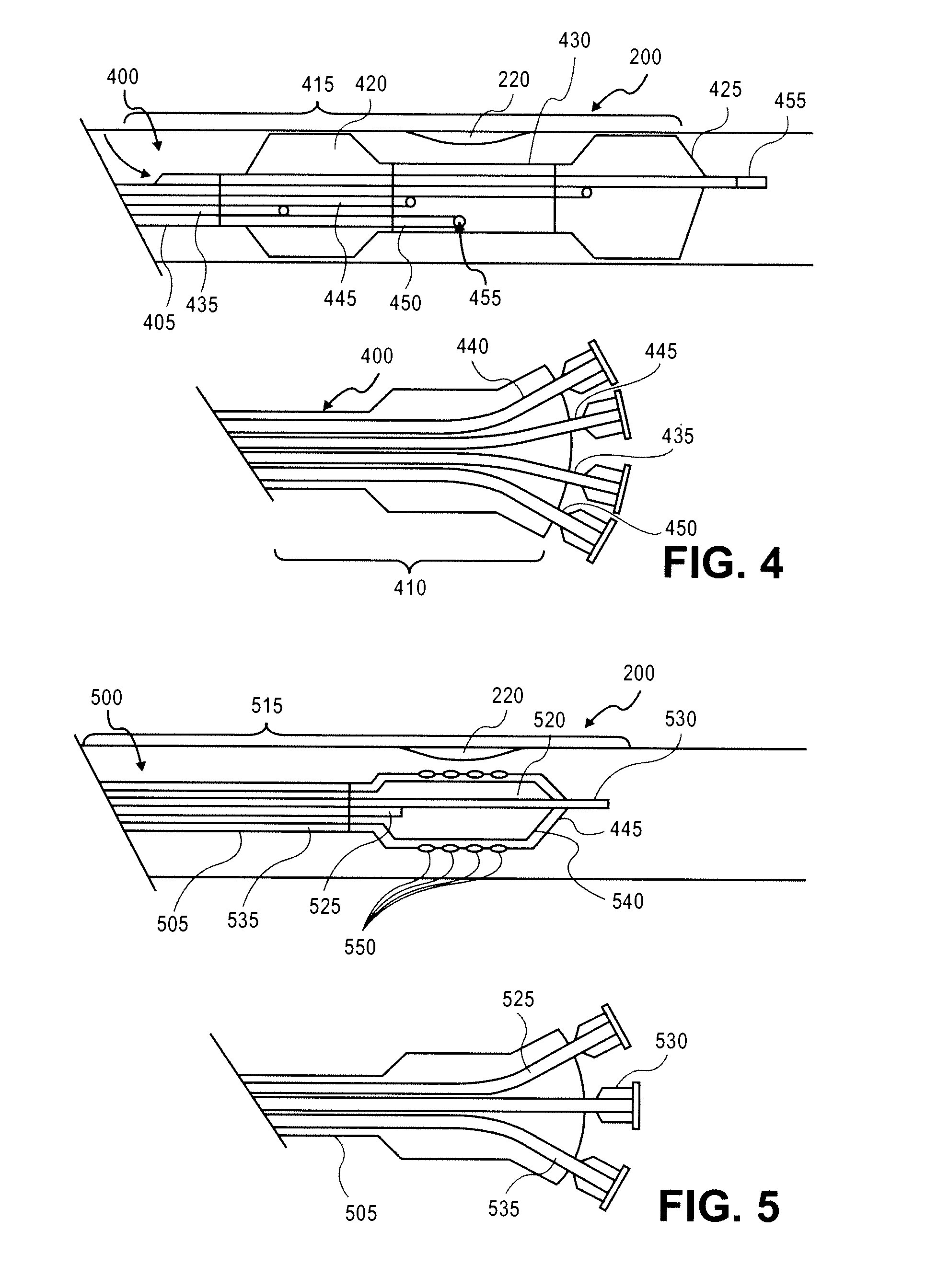Stimulus-release carrier, methods of manufacture and methods of treatment
a technology of release carrier and suspension, which is applied in the direction of powder delivery, pharmaceutical delivery mechanism, medical preparations, etc., can solve the problems of reducing the flux of a device such as a slab or wafer-type device, and the release profile is not well controlled
- Summary
- Abstract
- Description
- Claims
- Application Information
AI Technical Summary
Benefits of technology
Problems solved by technology
Method used
Image
Examples
example
[0025]A block copolymer of PEG and pMMA linked by a degradable group such as a disulfide group can be prepared as follows. Mercaptoethanol with a protected thiol group can be coupled to an atom transfer radical polymerization (ATRP) initiator such as α-bromoisobutyryl bromide. An excess of α-bromoisobutyryl bromide can be added to a thiol-terminated PEG (mw=5 to 20 kDa) to yield a PEG macroinitiator construct containing a disulfide moiety. The PEG-containing macromolecules can be purified by recrystallization. Finally, MMA (mw=5 to 30 kDa) is polymerized using standard ATRP conditions with vitamin B in a reaction vessel to yield the diblock copolymer PEG-pMMA linked by a labile disulfide bond.
[0026]In some embodiments, the trigger mechanism can be a change in temperature. Some block copolymers are sensitive to the temperature of their environment, Thus, when temperature is increased or decreased (relative to physiological temperature, or about 37° C.), the physical structure of the ...
PUM
| Property | Measurement | Unit |
|---|---|---|
| Temperature | aaaaa | aaaaa |
| Pressure | aaaaa | aaaaa |
| Composition | aaaaa | aaaaa |
Abstract
Description
Claims
Application Information
 Login to View More
Login to View More - R&D
- Intellectual Property
- Life Sciences
- Materials
- Tech Scout
- Unparalleled Data Quality
- Higher Quality Content
- 60% Fewer Hallucinations
Browse by: Latest US Patents, China's latest patents, Technical Efficacy Thesaurus, Application Domain, Technology Topic, Popular Technical Reports.
© 2025 PatSnap. All rights reserved.Legal|Privacy policy|Modern Slavery Act Transparency Statement|Sitemap|About US| Contact US: help@patsnap.com



